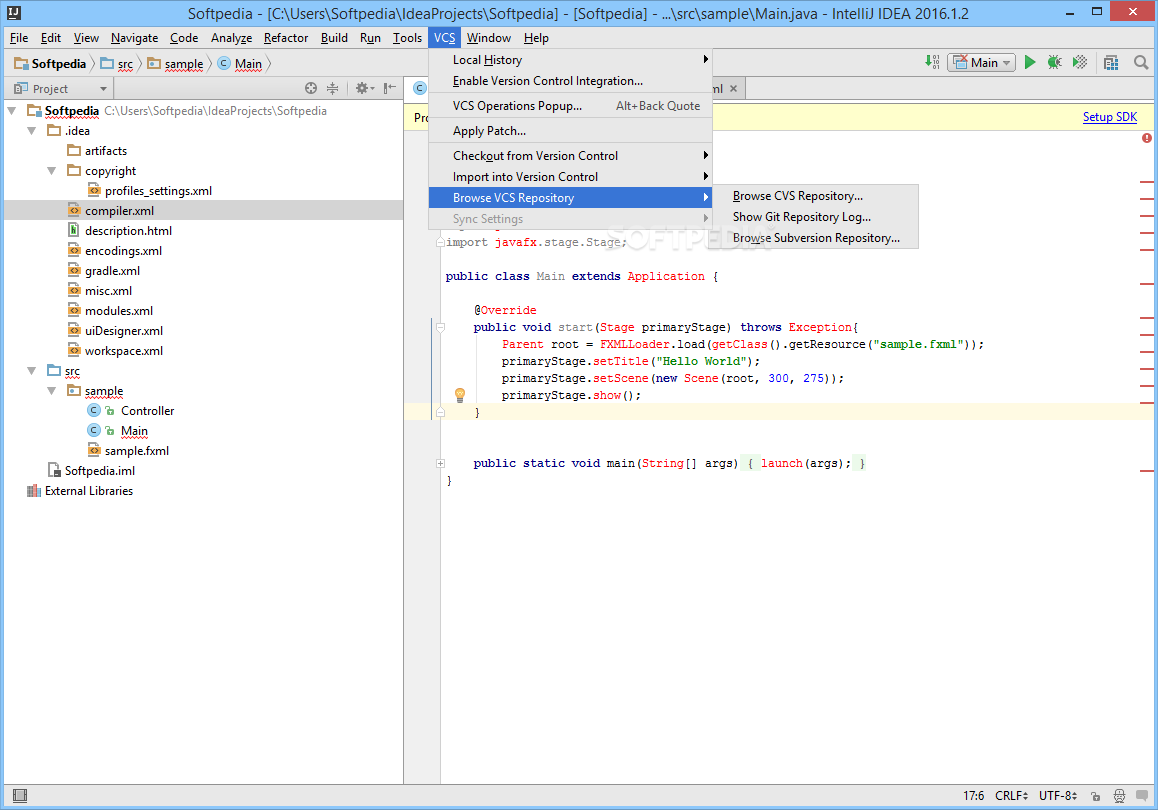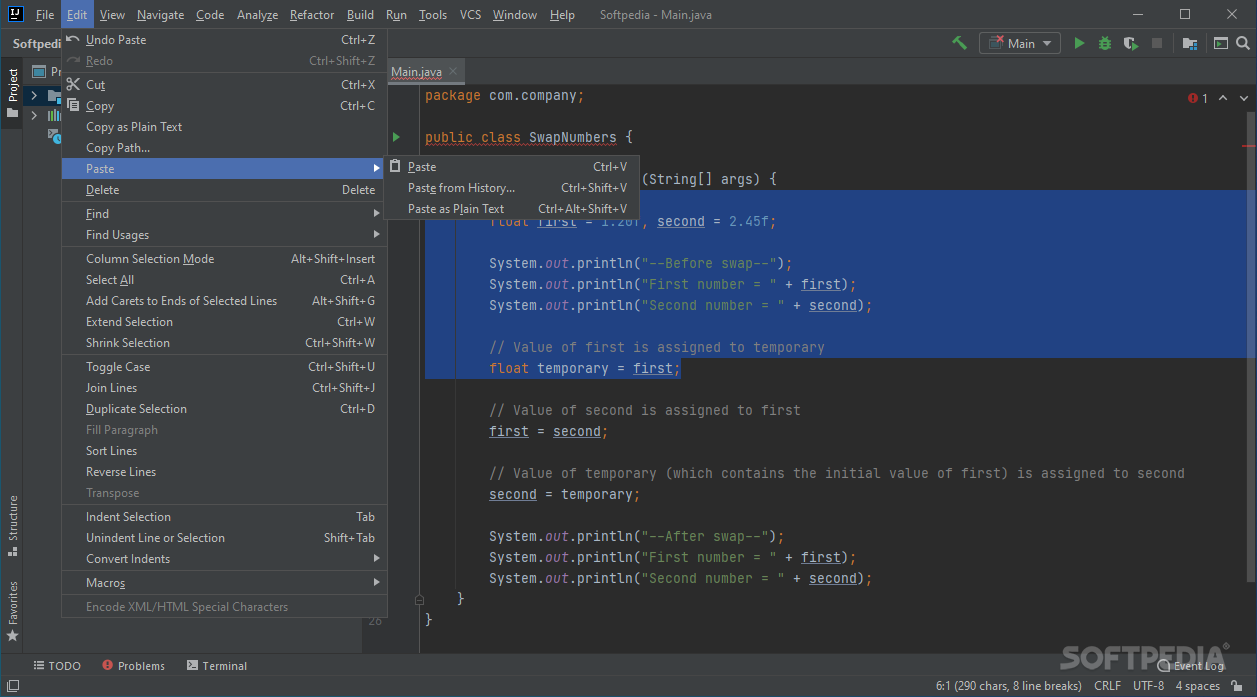
Then, after starting up IntelliJ, you can download and install the Scala plugin by following the instructions on.Next, download and install IntelliJ Community Edition.If you don’t have version 1.8 or higher, install the JDK.Run javac -version on the command line and make sure you see.Make sure you have the Java 8 JDK (also known as 1.8).In this guide, IntelliJ will download Scala for you. In this tutorial, we’ll see how to build a minimal Scala project using IntelliJ NET Foundation.Info: JavaScript is currently disabled, code tabs will still work, Or alternatively, you can browse all tests in the solution on the Explorer tab of the Unit Tests windowĬopyright ©. Instead, you can locate a solution, project, or any node containing unit tests in the Solution Explorer,

Will not be the most convenient way to run multiple tests. In such situation, using editor controls (as demonstrated above) Or you can even have multiple test projects in your solution. Note also that the runner tells you exactly which set of data failed, because it displays the argument values.Īs you write more tests, you may end up having a lot of files or directories in your test project, That's because each theory with its data set is a separate test.


This time when we run our tests, we see a failure for our theory when it was given a sum of 5 for 2 and 2:Īlthough we've only written 3 test methods, the test runner actually ran 5 tests Which has a class that implements a primitive calculator. In our example, we have a solution with a single project called Sandbox, The version numbers, paths, and JetBrains Rider UI may differ for you, depending on which Note: The examples were done with v2.4 and JetBrains Rider 2018.3 on macOS. These instructions apply to all JetBrains Rider supported platforms (macOS, Linux, and Windows). In this article, we will demonstrate getting started with using JetBrains Rider.


 0 kommentar(er)
0 kommentar(er)
